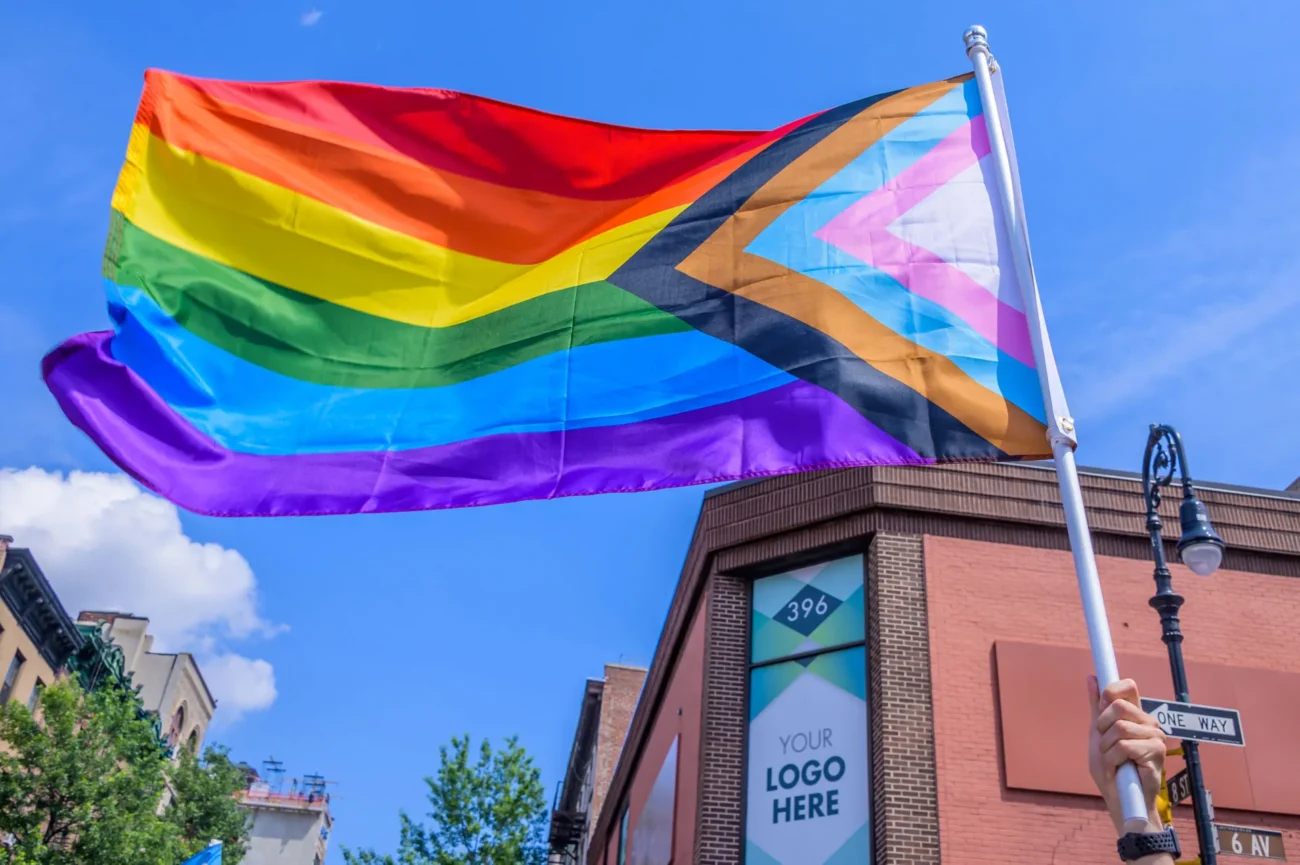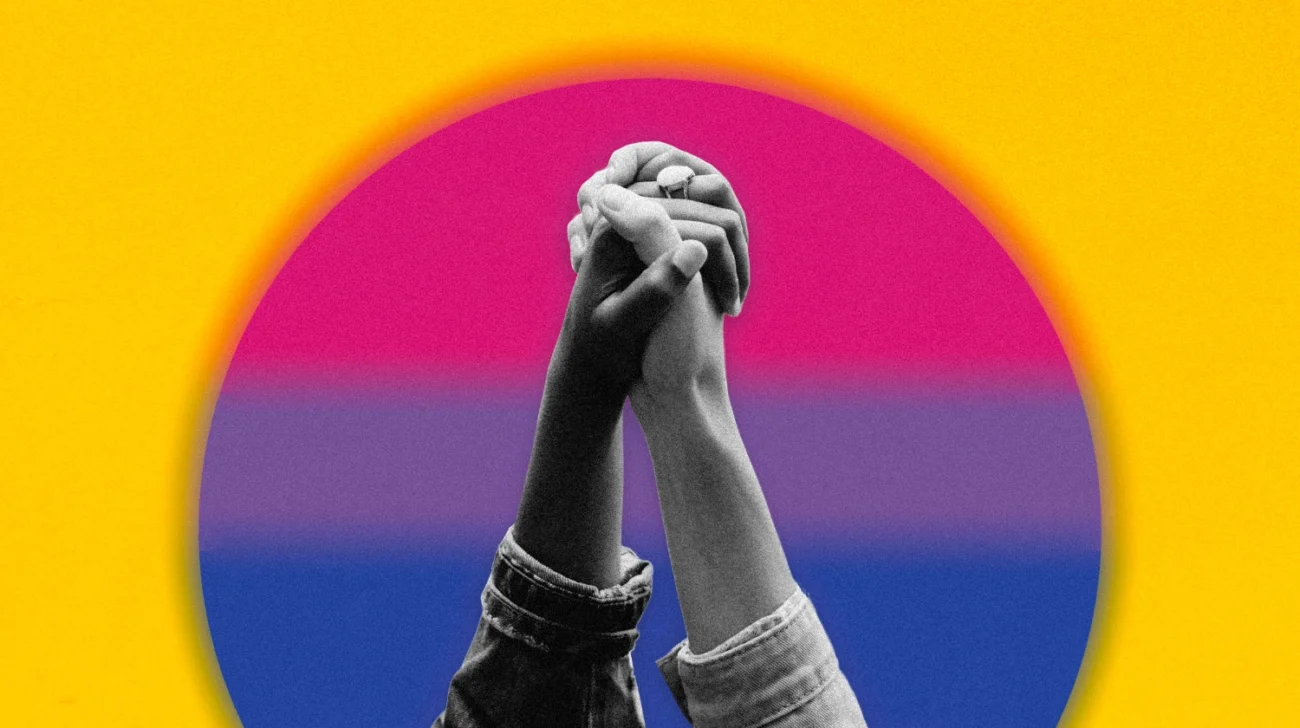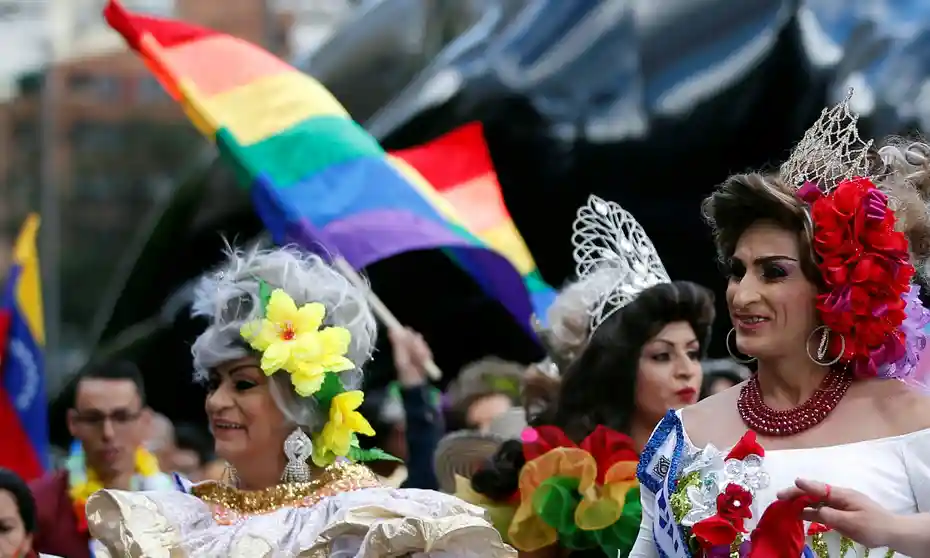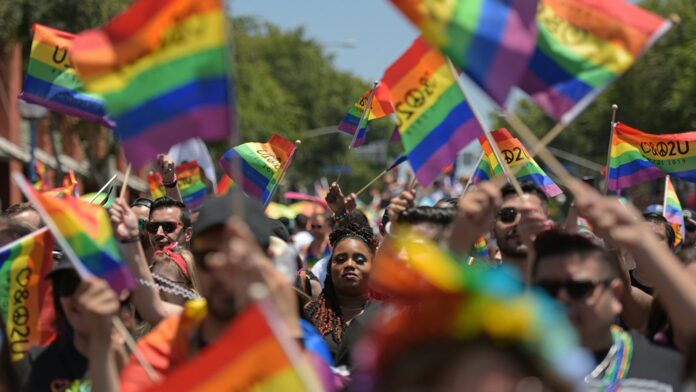It’s pretty hard for anyone not to know the term LGBTQ+ today. It’s mentioned in the news daily; lots of states are now reducing the rights of this community – lawmakers who do not even understand what each of these terms means, not to mention that they have never met or known a member.
Even if you are an ally (someone who is straight but who supports the LGBTQ+ community), you may not know all that is about to be revealed.
Read on to learn some things you may not have known.
The Gay Pride Flag

This flag was designed in 1978 for a Pride event in San Francisco. Each color is symbolic:
- Red = life
- Orange = healing
- Yellow = sun
- Green = nature
- Blue = harmony
- Purple = soul
There were some variations of these colors at different times, but this is the flag that is most often used around the planet today
Bisexual Myths

Lots of people are confused about bisexuality. This confusion leads to the more general myth that it’s not really a gender identity. This reduces their validity as a group, and they feel that they don’t really “fit” into the LGBTQ+ community. Let’s bust these myths right now.
1. It’s only a phase, not a permanent identity. This may be true of some, but the majority do have a long-standing sexual attraction to both sexes, even though they may never act on those attractions.
2. Bisexuals are just confused. Not so. They know in their hearts and souls that they are attracted to both sexes and want others to understand and accept this.
3. Bisexuals are promiscuous. Not true. Just like any human being, bisexuals do seek romantic attachments, and many have long-term relationships with partners of one sex or the other. They are no more promiscuous than society at large.
Some Ancient History

Here are some facts to note about LGBTQ+ activities among the ancients:
4. Ancient Greeks, and later the Romans, engaged in gay relationships. These were fully acceptable and even considered to be a higher form of love than heterosexual relationships. In fact, Plato stated that homosexuality was thought of as shameful only by barbarians.
5. The Celts believed that homosexual relationships were quite normal – this ended once Christianity appeared
6. In very early Japan, homosexuality (at least among men) was an honorable way of life.
7. Over 2000 years ago, East Indian documents speak to a “third gender,” neither male nor female, a gender still recognized today on its subcontinent.
8. Native Americans also spoke to a third gender – a spirit that was both sexes.
Clearly, the concept of homosexuality as being aberrant and sinful, according to many Christians today, was just not the case until the Bible said so. And this is certainly up for grabs. We can find almost any verse in the Bible to support whatever belief we may want to impose on others.
LGBTQ Families Are Not at All Like the Celebrities You See

There are lots of gay couples that straight people think about – Ellen DeGeneres and Portia, Rachel Maddow and Susan, and Neil Patrick Harris and David. In the case of Harris and his partner David Burtka, though, the partnership has resulted in a family. And there are many other famous LGBTQ+ couples who have done likewise – Wanda Sykes, Anderson Cooper, and more. They have certainly had an impact on the growing tolerance of the entire community.
But what about the average gay or lesbian couple out in their communities? They don’t have the fame or wealth to insulate themselves and their families from lots of problems faced by LGBTQ community members overall. Here are some stats that may surprise you:
9. 2024 will be the 17th year of the LGBTQ Families Day celebration – yes, these families do have their “day.”
10. About 3 million people in the U.S. identify as being on the LGBTQ spectrum and are also parents.
11. About 30% of LGBTQ adults are raising minor children. But here is the surprise: the highest percentage of their residences are in the South, Midwest, or Mountain states, areas with the least amount of protection.
12. These households have higher rates of unemployment, financial troubles, and worse access to healthcare.
LGBTQ Lifestyles are Not All About Sex

When the general population thinks about LGBTQ members, they think only about sexual behavior. But these members are people first, like all of us. And within this large community, people are as diverse as they can be and have life goals and priorities that go far beyond sex.
For example, within this community are groups known as aromantics and asexuals.
13. Aromantics are those who enjoy sex but do not develop romantic relationships or attachments. They simply don’t want these.
14. Asexuals have no desire for sexual activities but develop platonic relationships with others within and without the community. Click here to learn more about asexuals. These individuals may indeed have long-term relationships and partnerships, but sex is not involved.
The Gay Lifestyle
What exactly is the “gay lifestyle?” If you ask people who do not have any experience with gays, then they will tell you the “lifestyle” is all about man-on-man sex. Here are facts:
15. Gays have jobs and careers that are important to them
16. Gays have all sorts of different demographics – some prefer urban and some prefer rural lifestyles
17. Gays come from all socio-economic brackets, all ages, all ethnicities and races, and educational levels
18. Gays have all of the same diversity of activities, hobbies, and interests that the majority heterogeneous population has
19. Being gay was considered a mental illness by the American Psychiatric Association until 1973. Again, that mental illness was focused only upon their sexual orientation and nothing else.
And this is one of the biggest problems faced by LGBQ community members. Their identities outside of their community are only focused on their sexual orientations and identities, not their overall lifestyles.
LGBTQ+ Teens

Amidst all of the increasing tolerance and progress that the LGBTQ+ community is achieving, the same cannot be said for teens. Here are some teen LGBTQ statistics that you should know:
20. LGBTQ teens are 3 ½ times more likely to attempt suicide than the teenage population as a whole. This means that 40% of those in high school have at least thought about suicide.
21. 10% report they are threatened or injured with a weapon while at school
22. 34% report being bullied
23. 28% are victims of cyberbullying
24. About a third suffer some form of mental illness
25. LGBTQ kids are 3-4 times as likely to engage in substance abuse than their hetero peers
If you do not know about the Trevor Project, then it’s time to have a look at its website and learn even more
Is That All There Is?
No, of course not. There is a long political history of trivia related to laws and policies that continue to go on, and anyone in the community or an ally must stay aware and take action.








